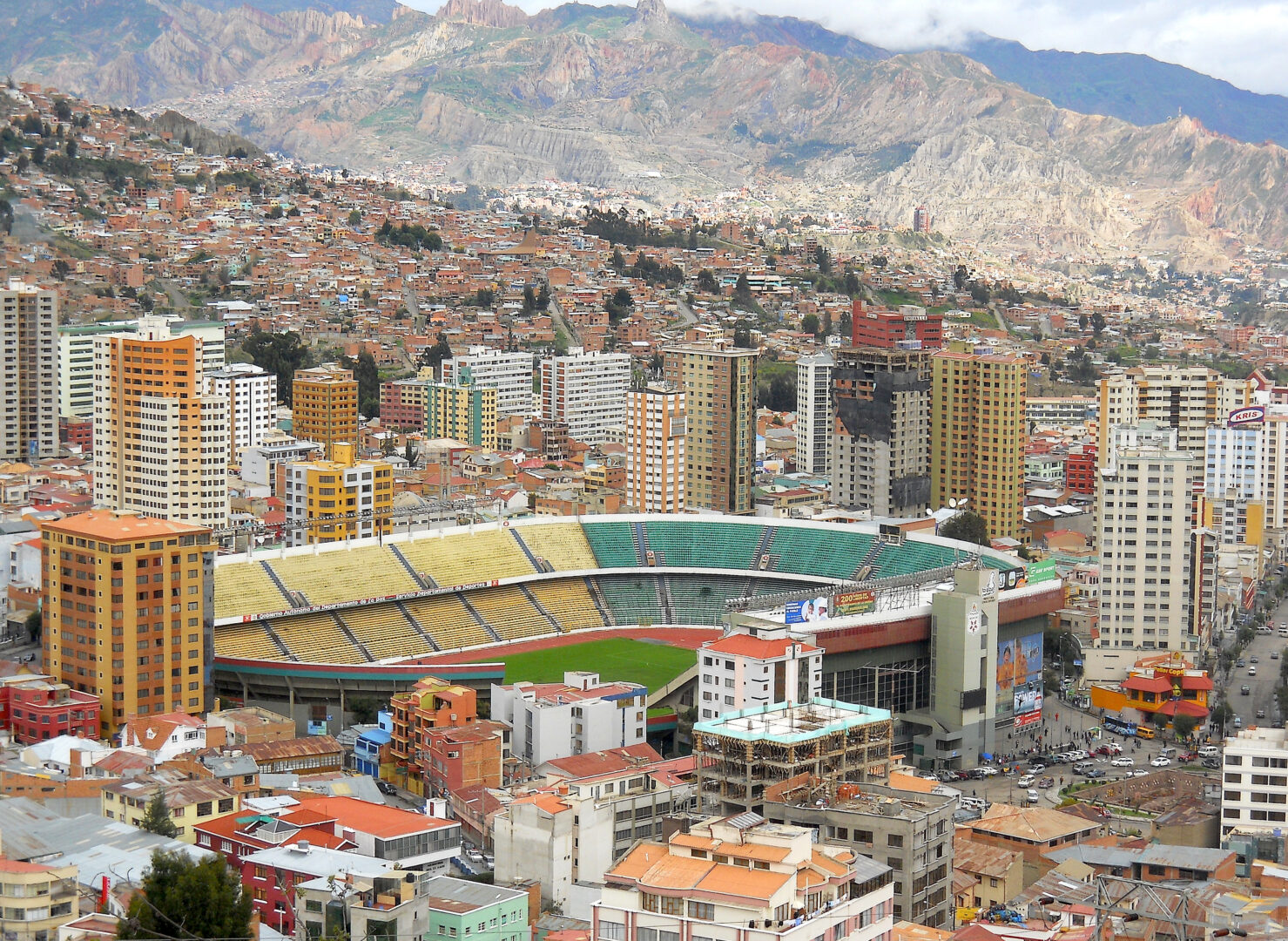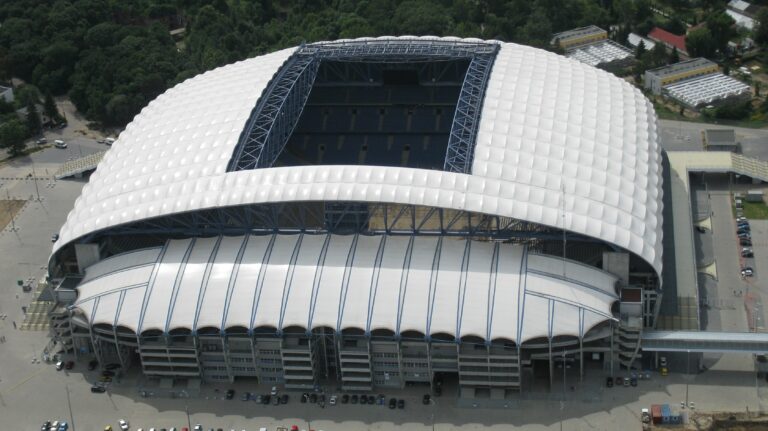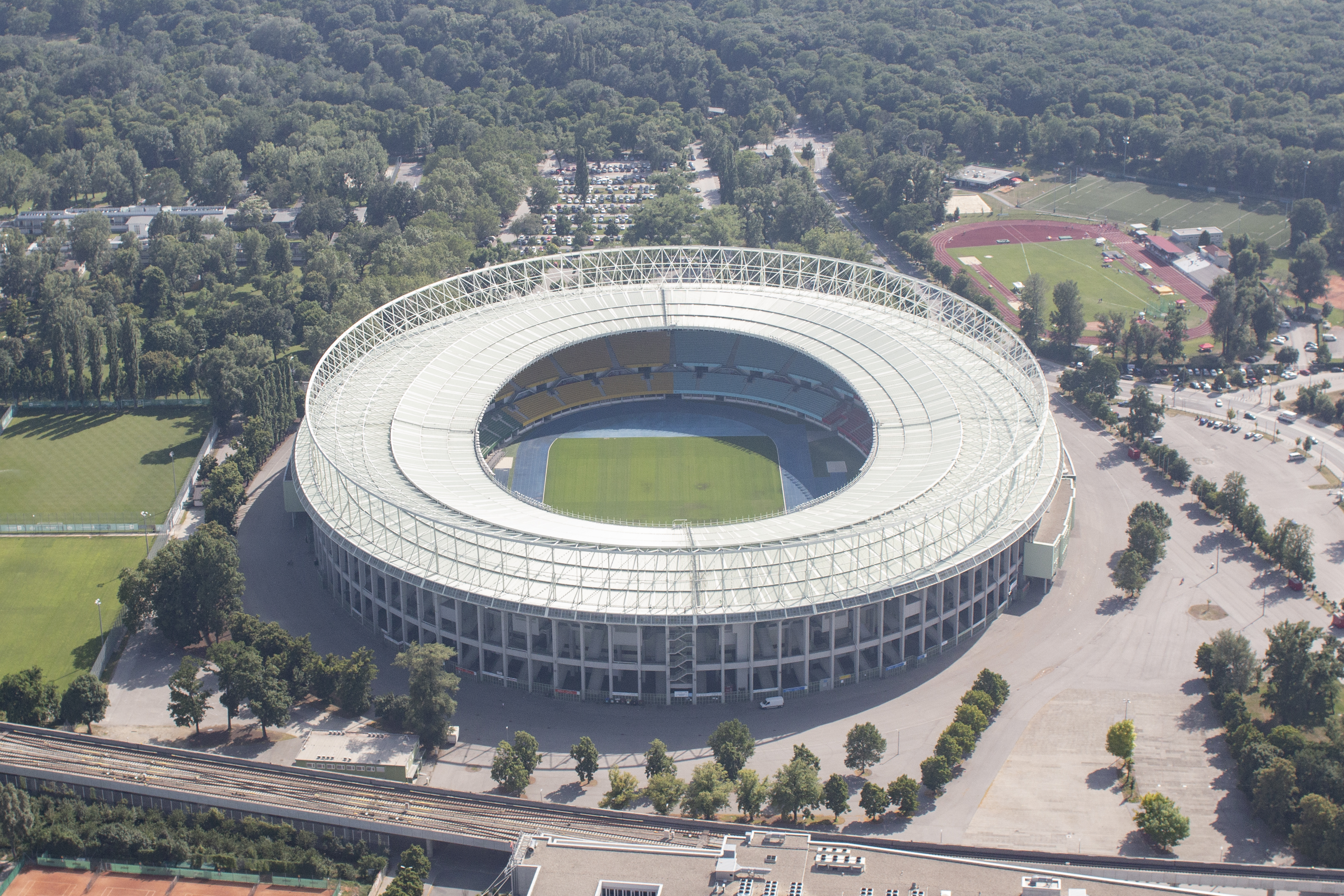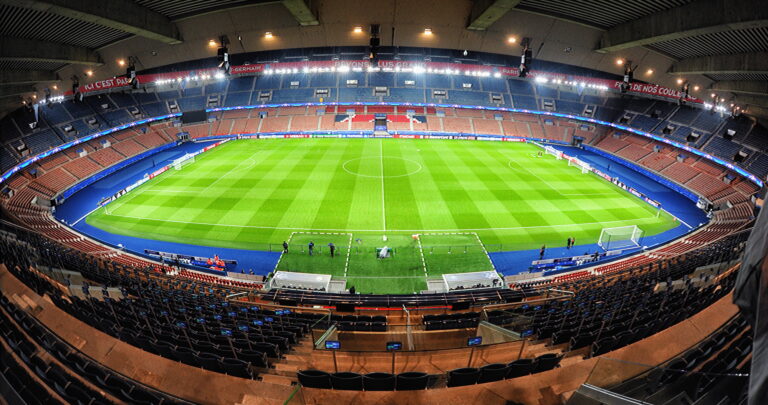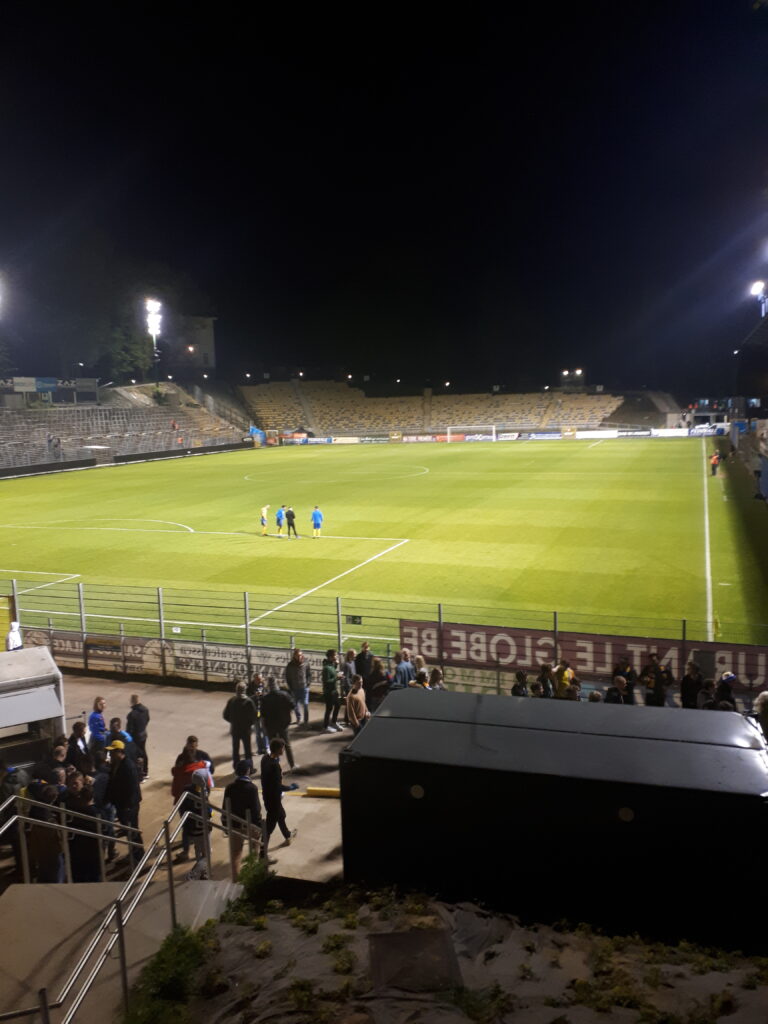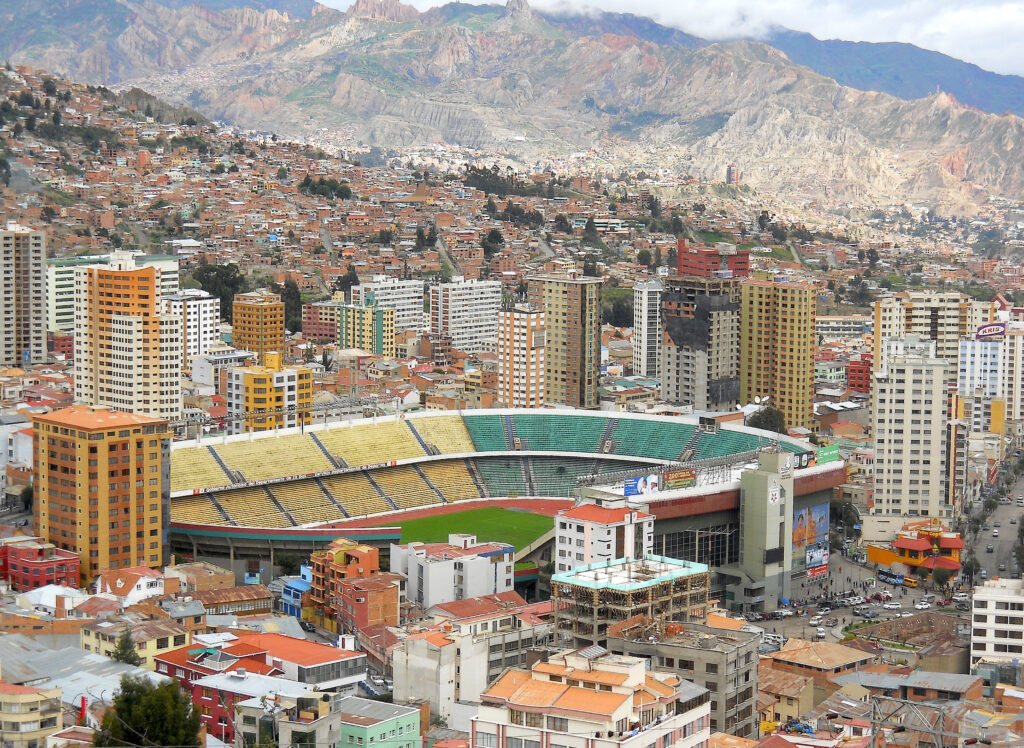
Estadio Hernando Siles
- La Paz, Bolivia
- 41.143 places
Perched high in the Andes, Estadio Hernando Siles is not only Bolivia’s largest stadium but also one of the most iconic and extreme football venues in the world. Its altitude and storied history have made it both a symbol of national pride and a fortress feared by visiting teams.
About this place
A Stadium Above the Clouds
Located in the Miraflores district of La Paz at an altitude of 3,637 meters, Estadio Hernando Siles challenges athletes with its thin air and steep elevation. These unique conditions have sparked global debate, with players and coaches often struggling to adapt. Despite the controversy, the stadium remains a vital part of Bolivia’s sporting identity, proudly embracing its high-altitude advantage.
Historical Significance
Inaugurated on January 16, 1930, with a match between The Strongest and Universitario, the stadium has been a central stage for Bolivian football. It hosted matches during the 1963 South American Championship, where Bolivia won the title, and was renovated in the 1970s to meet international standards. In 1997, the stadium was the venue for the Copa América final, where Bolivia fell to Brazil in front of a passionate home crowd.
Legendary Moments
Over the decades, Estadio Hernando Siles has been the scene of unforgettable football upsets. Bolivia’s 2–0 victory over Brazil in the 1994 World Cup qualifiers ended Brazil’s 40-year unbeaten run in qualifiers. That same campaign included a 7–0 thrashing of Venezuela, helping Bolivia qualify for their first World Cup since 1950. In 2009, Bolivia stunned Argentina with a 6–1 win, handing them their worst defeat in six decades.
The Altitude Controversy
In 2007, FIFA attempted to ban international matches above 2,500 meters, directly impacting La Paz. The move triggered outrage across Bolivia and much of Latin America. Figures like President Evo Morales and Diego Maradona fiercely opposed the decision, calling it discriminatory. Thanks to public and political pressure, FIFA granted a special exemption to Estadio Hernando Siles, allowing it to host World Cup qualifiers once again. The ban was officially lifted in 2008.
A Shared Home for Bolivian Giants
The stadium serves as the home ground for Bolivia’s biggest clubs: Club Bolívar, The Strongest, and La Paz F.C. It also hosts matches for other historic teams like Universitario de La Paz, Chaco Petrolero, and Mariscal Braun. Known for the electric “Clásico Paceño” between Bolívar and The Strongest, the stadium remains the beating heart of football in the Bolivian capital.
